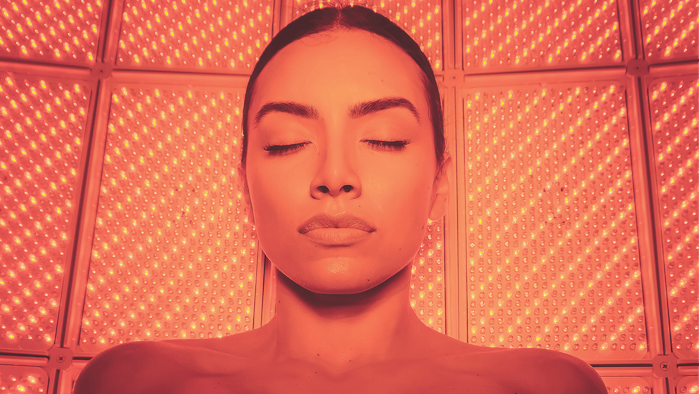
There’s no doubt that the past year has called attention to health and wellness as something that not only improves the quality of life, but also as solid ground from which to defend against the unexpected. Since we can’t always control what exists around us, it makes sense to fortify ourselves against whatever may come along. For years, the spa industry has espoused the benefits of proactive wellness practices and treatments to support the body’s natural abilities for sustenance, healing and repair. We’ve rightly promoted the notion that it’s not only the survival of the fittest, but the survival of the nurtured. Throughout these months, our industry has recognized that along with unprecedented challenge comes accelerated opportunity to advance this important message. People have developed a greater appreciation for the value of physical and mental resilience, and we are in a position to help them create it. Proactivity and preventive mindsets are gaining ground, which benefits individuals, and bodes well for society as a whole.
As we’ve learned from health experts across the globe, the benefits of a wellness-centered lifestyle belong to everyone and are deeply rooted in daily habits surrounding things like diet, exercise, stress management, connection with others and time spent in nature. Consumers are showing more interest than ever before in products and practices that support health and well-being. Everyone knows that many services offered in a spa or wellness setting are supportive of both physical and mental health, such as massage, acupuncture, yoga and meditation classes, nutritional counseling and even excursions into nature. Also playing a prominent role in supportive therapies are smart, noninvasive technologies that work in harmony with the body’s inherent mechanisms for growth, healing, repair and defense. While some of these technologies are relatively new and lack significant supporting data, the health benefits of light therapy have been known for many years, and advanced LED technology has been studied and developed by researchers and manufacturers on a global scale for decades with great success.
A Whole Health Modality
Low level red and infrared light therapy is noninvasive, very safe and appropriate for most people. It’s also easy to use and doesn’t require a licensed technician for operation. The popularity of light therapy is understandably growing among those with an interest in proactivity and prevention, thanks to the following long-established benefits.
Improved circulation. Proper blood flow is essential to all healthy biological processes, including optimal skin function. As it moves through the body, blood carries oxygen and nutrients necessary for tissue healing and repair, and also helps eliminate waste. Since many age-related illnesses such as heart disease and cognitive issues have some connection to poor circulation, this is an important proactive benefit.
Reduction of inflammation. Over the past 20 years, our understanding of the significance of chronic low-grade inflammation in everything from the appearance of aging skin to serious disease processes has radically changed our prevention strategies, as well as our responses when things do go awry. Unlike redness and swelling that you may see on the skin’s surface, chronic low-grade inflammation is internal, hence often unseen and undetected. It can be systemic and is something we are all subject to as a result of ongoing exposure to pollutants, poor diet, UV rays, stress and a host of other environmental factors. A major benefit of light therapy, as demonstrated in a number of studies, is its ability to modulate a certain amount of inflammatory mediators or chemical messengers, essentially “resetting” our biological landscape from inflammatory to non-inflammatory.
Increased cellular energy. Light therapy can also raise mitochondrial membrane potential, resulting in increased production of the body’s cellular fuel, adenosine triphosphate (ATP). ATP is essential to many critical biological functions including, but not limited to, intracellular signaling, DNA and RNA synthesis, synaptic signaling, active transport of substances through cell membranes, and muscle contraction. Studies have demonstrated a marked decline in our capacity to produce this essential fuel as we age, most likely a result of cumulative oxidative damage.
Amy Gardner is a licensed and oncology trained esthetician, educator and director of education at LightStim, where she has curated the company’s educational content for more than 11 years. Having immersed herself in the study of light therapy during this time, Gardner is an internationally sought-after speaker within the skin care, medical and wellness communities.











